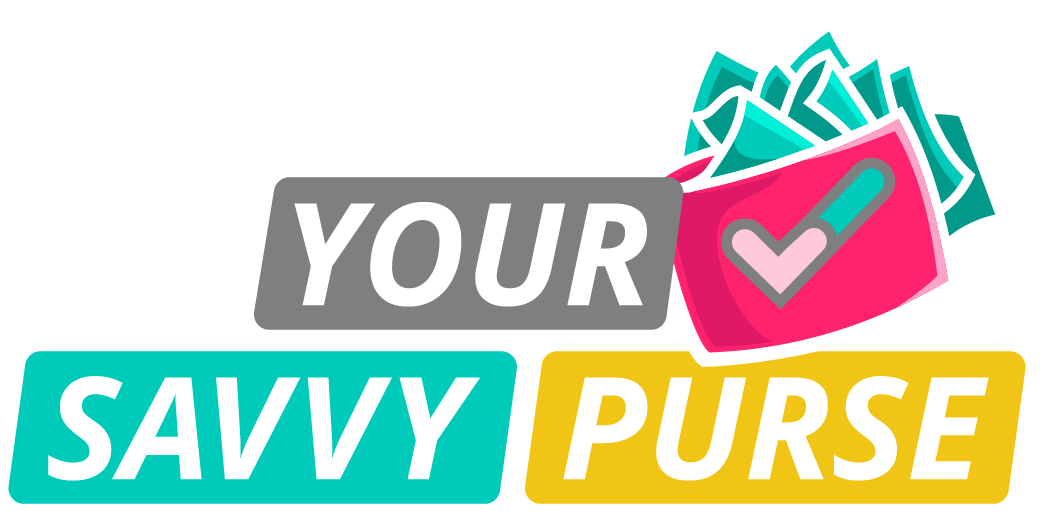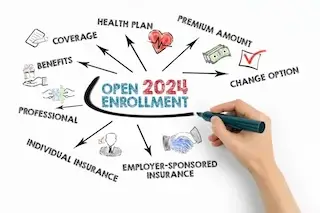We’re letting you know that this post contains sponsored links which Your Savvy Purse receives compensation for, which may impact their order of appearance.
The countdown has begun—open enrollment for health insurance is almost over. Whether you’re signing up for coverage for the first time, making changes to your current plan, or simply renewing your existing policy, this is the time to get it done. Missing the deadline could leave you without coverage for the year unless you qualify for a Special Enrollment Period (SEP).
Here’s what you need to know before the open enrollment deadline passes.
1. What Is Open Enrollment?
Open enrollment is a specific time period each year during which individuals can sign up for, change, or renew their health insurance plans through the Health Insurance Marketplace or through their employer. For 2025, the dates for Marketplace open enrollment are typically from November to mid-December (check the exact dates for your area). After this period ends, you won’t be able to make changes to your health insurance plan unless you experience a qualifying life event.
2. Key Deadlines
While open enrollment dates vary by state, most states use the federal Health Insurance Marketplace, which has a deadline of December 15 for 2025 coverage. However, some states with their own health insurance exchanges may have slightly different deadlines, so make sure to check the specifics for your state.
If you want your new coverage to start on January 1, be sure to sign up or make changes before the deadline. If you miss it, you may have to wait another year or see if you qualify for an SEP.
3. Why You Shouldn’t Wait Until the Last Minute
It’s tempting to procrastinate, but waiting until the last minute can add unnecessary stress and may increase the risk of making errors. The process of reviewing and selecting a health insurance plan can take time, especially if you’re not sure which plan fits your needs best. Start early to:
- Compare different plans: Premiums, deductibles, and out-of-pocket costs can vary widely, so it’s essential to find the plan that aligns with your healthcare needs and budget.
- Understand your benefits: Familiarize yourself with what’s covered, including prescriptions, specialist visits, and preventive care. Knowing your options can help avoid surprises down the road.
- Check if you qualify for subsidies: Depending on your income, you may be eligible for tax credits or other financial assistance that could make your coverage more affordable.
4. How to Enroll
If you’re enrolling through the federal marketplace (HealthCare.gov), you can apply online, by phone, or through a certified navigator or broker. The process usually involves:
- Creating an account on the marketplace website.
- Completing your application by providing necessary details like household income, employment status, and family size.
- Reviewing available plans and choosing the one that best meets your needs.
- Confirming your coverage and making your first premium payment.
If you’re enrolling through your employer, they should provide you with details on how to choose your plan and complete the necessary paperwork. Be sure to carefully review your options, as employer-sponsored plans often have different types of coverage than those available through the Marketplace.
5. Special Enrollment Periods (SEPs)
If you miss the open enrollment deadline, you may still be able to get coverage if you qualify for a Special Enrollment Period (SEP). SEPs allow you to sign up for or change your health insurance plan outside of the open enrollment window if you experience a qualifying life event, such as:
- Getting married or divorced
- Having a baby or adopting a child
- Losing other health coverage (e.g., losing job-based coverage)
- Moving to a new area
- Experiencing a significant change in income or employment status
SEPs are time-sensitive, so be sure to act quickly if you experience a qualifying event.
6. Don’t Forget Your Medicaid and CHIP Options
If you’re eligible for Medicaid or the Children’s Health Insurance Program (CHIP), you can apply or renew your coverage anytime during the year. These programs provide low- or no-cost coverage for eligible individuals and families based on income. If your income is below a certain threshold, don’t forget to check if you qualify for these programs.
7. What Happens If You Don’t Enroll?
If you skip open enrollment and don’t qualify for an SEP, you could be left without health coverage for the upcoming year. Without coverage, you could face steep medical costs if you get sick or injured, and you may not have access to essential health services, such as preventive care, mental health services, or prescriptions. Additionally, failing to enroll may result in a penalty (depending on your state).
8. Tips for a Smooth Enrollment Process
- Gather important documents: Have your tax returns, proof of income, and any information about your current coverage ready to speed up the application process.
- Use online tools: The marketplace websites offer tools to help you estimate your premium costs, check eligibility for subsidies, and compare plans.
- Ask for help: If you’re unsure about your options, don’t hesitate to reach out to a health insurance broker, navigator, or your state’s marketplace help desk for guidance.
9. Conclusion
The open enrollment deadline is quickly approaching, so make sure to act now. Review your options, compare plans, and take advantage of any available financial assistance. The right health insurance can help protect your health and your finances, so don’t let this opportunity slip by.
Remember, once the open enrollment period ends, you won’t be able to make changes unless you qualify for an SEP. Get ahead of the deadline, and secure the coverage you need for 2025!
Have questions? Drop them in the comments below, and we’d be happy to help!
Feel free to share this post with anyone who may need a reminder or some guidance during open enrollment!



